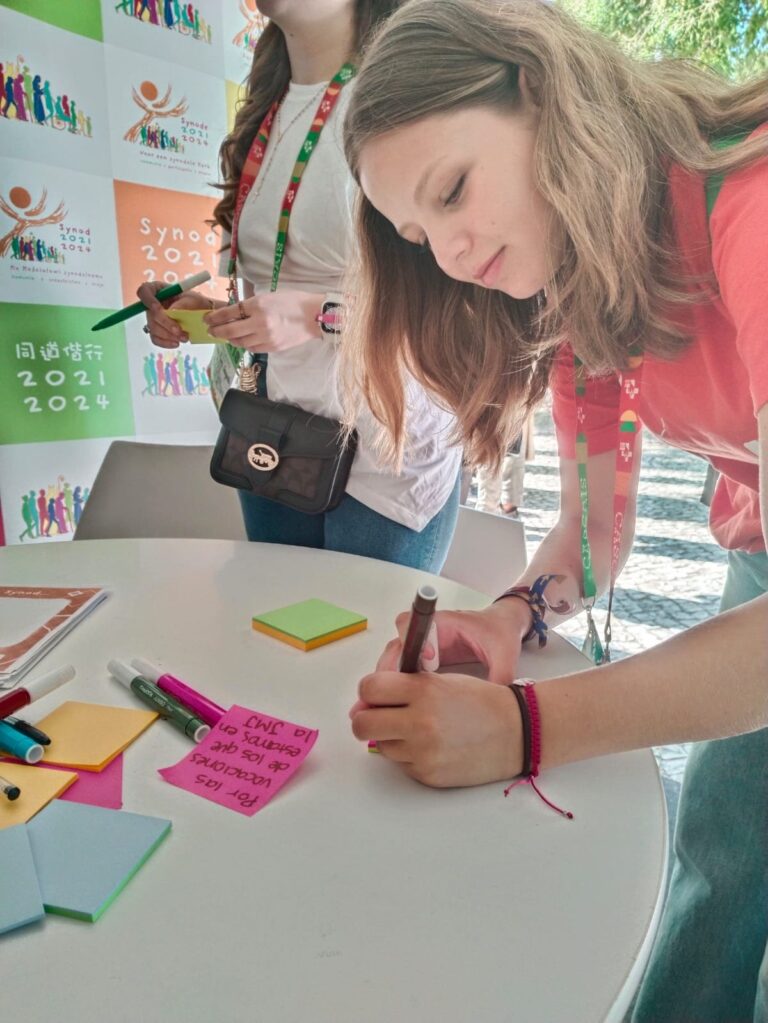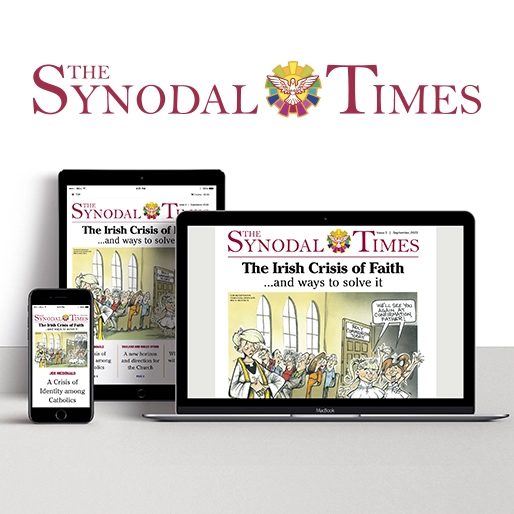When I am invited to talk about synodality, one can feel the excitement but also a certain anxiety for the unknown that the Catholic Church is stepping into. This anxiety must be taken seriously, not dismissed or belittled. The best way to respond is not to expound abstract theories or models distant in the long history or vast geography of the global Church.
The first thing to say is that there will be probably a plurality of synodal cultures in the global Church. This has to do with the fact that there are different ecclesial systems in the one Catholic Church.
Synodality is indeed a very ancient style of Church and, at the same time, a recent theme. It is part of the great Tradition of the Church, as stated in the report of the International Theological Commission, Synodality in the life and mission of the Church (2018) in the initial section (paragraph 3): “‘Synod’ is an ancient and venerable word in the Tradition of the Church, whose meaning recalls the deepest contents of Revelation”.
Contemporary
At the same time, the theology of synodality, which now underlies Pope Francis’ push for a synodal reform of the Church, is a post-Vatican II development: the final documents of Vatican II never used the term “synodality,” even if the ecclesiology of Vatican II opens up to that perspective.
The modern theology of synodality originates chronologically in the contemporary, post-Vatican II theology of the Catholic Church and geographically develops in the theological tradition predominantly in liberal-democratic societies in the Western hemisphere. This is not just a coincidence.
A key factor for the future of synodality is the relationship between Christianity and the different social and political – and not just ecclesial or theological – traditions in the world, in a global community such as the Catholic Church today.
It is a fact that we see partly different models of synodality developing in global Catholicism today, in Germany, Ireland, Australia, Italy etc. Behind these different models there are different ecclesial systems – different models of relations between Church, state, and society.
For example, to talk about the Italian synodal model and its relationship with the papacy we should look at an ecclesial system which has Rome and the Vatican at its centre. But we need to do this for every national/continental area, in order to accept, or at least identify the possibility of different synodal systems in the ongoing synodal experiences in the global Catholic Church today.
Synodality is a crucial moment in the life of the community of the faithful because it allows the Church to be stripped of old-time protections and reverence for the clerical system, and invites us to focus on some specific dynamics.
One of the assumptions questioned by the conciliar and post-conciliar theology was the protection that political power offered to Catholicism for much of the medieval, modern and contemporary ages. But now we have a more global view of Catholicism: the history of the relations between political power and the Churches in Asia and Africa is very different.
Reflecting on synodality requires examining different factors within all churches, both those heirs of the European Constantinian system and those of the post-colonial world: what type of relationship exists between clergy and laity?
What type of clergy and what type of lay people (from the social, economic, cultural point of view, of relationships between classes and ethnic groups)? What are the sources of theological and cultural production that animate that Church?
What type of social, educational and welfare services does the Church offer to the civil community in which it lives? What type of relationship with the rest of the population (majority/minority Church/ state Church/state of persecution)?
What type of ecumenical and interreligious relations? In which information system (Catholic and secular) does the Church operate? Synodality means opening an ecclesial process for a Church less centred on the clergy and more open to the role of lay people and women.
But the question of who, of the subjectivity of synodality is more complex than the simple call to free ourselves from clericalism: what are the social alliances at the centre of ecclesial synodality in the 21st century? Which classes or class fragments are allied with the Church that now turns to synodality?
Which sections of the Church or specific actors are at the centre of the synodal movement? Which organisations and networks? What are the dominant patterns in people’s minds and where do they come from?
How are they shaped by class alliances? The property-owning class, the professional ruling class, the technical/bureaucratic class, the working class, the poor? From the pontificate of Paul VI onwards, the synodal question remained a taboo.
Francis’ pontificate instead allowed a resumption of that idea of a synodal Church. The question therefore reopens today.
On the one hand, the alibis used to declare both synodality and a different style of Church impossible and impracticable due to the Pope’s or the Vatican’s opposition have fallen away. With Francis this is evidently no longer true.
Resources
On the other hand, in the “Synodal Process” different churches reacted in different ways to the invitation of the bishop of Rome. It is a question of understanding, as Francis said, that synodality belongs to the path of the Church in the third millennium.
This means that now, starting from the Synod on Synodality in October 2023, different ecclesial systems will be called to offer important resources for building a synodal style appropriate to our time, but also to their particular local situations.
Synodality also means freeing oneself from those pre-understandings that keep the local churches in a state of minority in relations with Rome and with other Catholic Churches; it means to strip away pretences and pretexts (both clerical and lay) attached to the status quo.
Synodality does not mean wounding or even cutting off a particular type of relationship with Rome and the other local Churches, but rather represents the opportunity to rethink, in the context of synodality, the meaning of being a one Catholic Church.
Massimo Faggioli is an Italian academic, Church historian, professor of theology and religious studies at Villanova University, columnist for La Croix International, and contributing writer to Commonweal.



